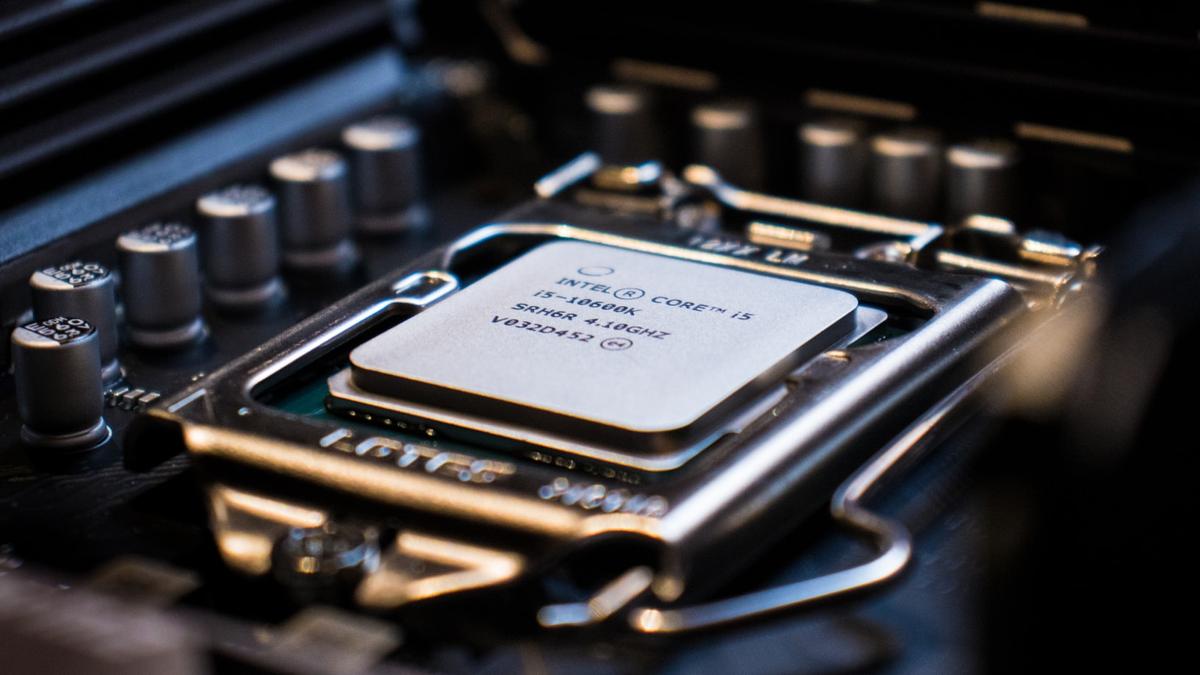How to remove Thermal Paste?
When you change your CPU cooler or CPU, you first have to remove your thermal paste. After that, you have to reapply thermal paste, otherwise you will have problems with the cooling. How to remove thermal paste is explained in this guide.
Removing Thermal Paste
Old thermal paste can reduce the cooling performance of your cooler for CPU and GPU. And there comes a time when especially your CPU starts to heat, which results in problems. Especially if you’re upgrading your CPU, you must remove the old thermal paste on your cooler. But even without a CPU upgrade, it makes sense.
Thermal paste can become very hard depending on how long it has been in use. So if you’ve noticed a temperature rise on your CPU over the years, it’s probably because the thermal paste has dried out.
To remove the thermal paste you only need three things:
- a lint-free cloth like microfiber or kitchen roll
- isopropyl alcohol
- new thermal paste
The choice of cloth is important here, as certain paper products like toilet paper leave small fibers that inhibit heat transfer.
1. Remove coarse Remnants of the old Thermal Paste
First, of course, you need to remove your CPU cooler. As soon as the CPU is exposed, take a dry and lint-free cloth and carefully wipe the surface of the CPU. This will remove any residue from the old thermal paste.
The best option for this is a microfiber cloth, but coffee filters, a paper towel or cotton swabs will do in a pinch. These leave much less residue than toilet paper.
Microfiber does not leave any residue on the circuit board or other surrounding parts. In particular, you should avoid scratches on the CPU surface at all costs, as this has a negative impact on the thermal conductivity and heat transfer. Therefore, we do not recommend scraping off old thermal paste with a spatula.
2. Polishing the CPU and remove the Thermal Paste completely
Next, we really want to get rid of all the residue from the old paste. To do this, take your cloth and put some of your alcohol-based solution in the middle.
We recommend isopropyl alcohol for the cleaning, as this simply works best and dries the fastest. The higher the concentration, the better. We generally use a 99% solution because it evaporates very quickly, but 60% is also fine.
Alternatively, the following things also work:
- White spirit
- Acetone-based nail polish remover
- Methylated spirits
- Vodka
Do not use any other cleaners or liquids on your CPU or cooler, as they are often conductive and can leave residue.
Now carefully wipe the CPU surface with the lightly soaked cloth and remove all residues of the old thermal paste. Be careful not to touch the board or surrounding parts.
You should wipe off the remaining thermal paste completely. Reapply the alcohol as needed. Once you’re done, your CPU should look as shiny as the day you bought it.
3. Remove Thermal Paste from CPU cooler
As a last step, you should carry out the same process as in the second step for your CPU cooler. Again, you can first remove any rough residue and then polish the contact surface.
After all traces are removed, repeat this step again to prepare the surface for a new application of thermal paste.
4. Let everything dry
So, hopefully your CPU or GPU and your cooler’s contact surface now look clean and new.

After you have removed the thermal paste from your CPU and the cooler, give it some time to dry. Depending on the alcohol you used for cleaning, everything will evaporate faster or slower.
To be on the safe side, let everything dry for about 10 minutes before you continue. You should not apply new thermal paste directly after cleaning!
Conclusion
You are done. Now you might want to reapply thermal paste, for this check out our next guide.
FAQs on removing Thermal Paste
How often should I change Thermal Paste?
Occasionally you’ll need to remove dried out thermal paste and put new on to get the best performance. This is not just a one-time thing.
Often, however, it’s not really necessary. Just keep an eye on your CPU temperatures.
If you upgrade your CPU or change the CPU cooler, you should do so anyway.
High quality thermal pastes can last a couple of years. If you’re using a very high-end CPU or overclocking it aggressively, it may be wise to replace it more often.